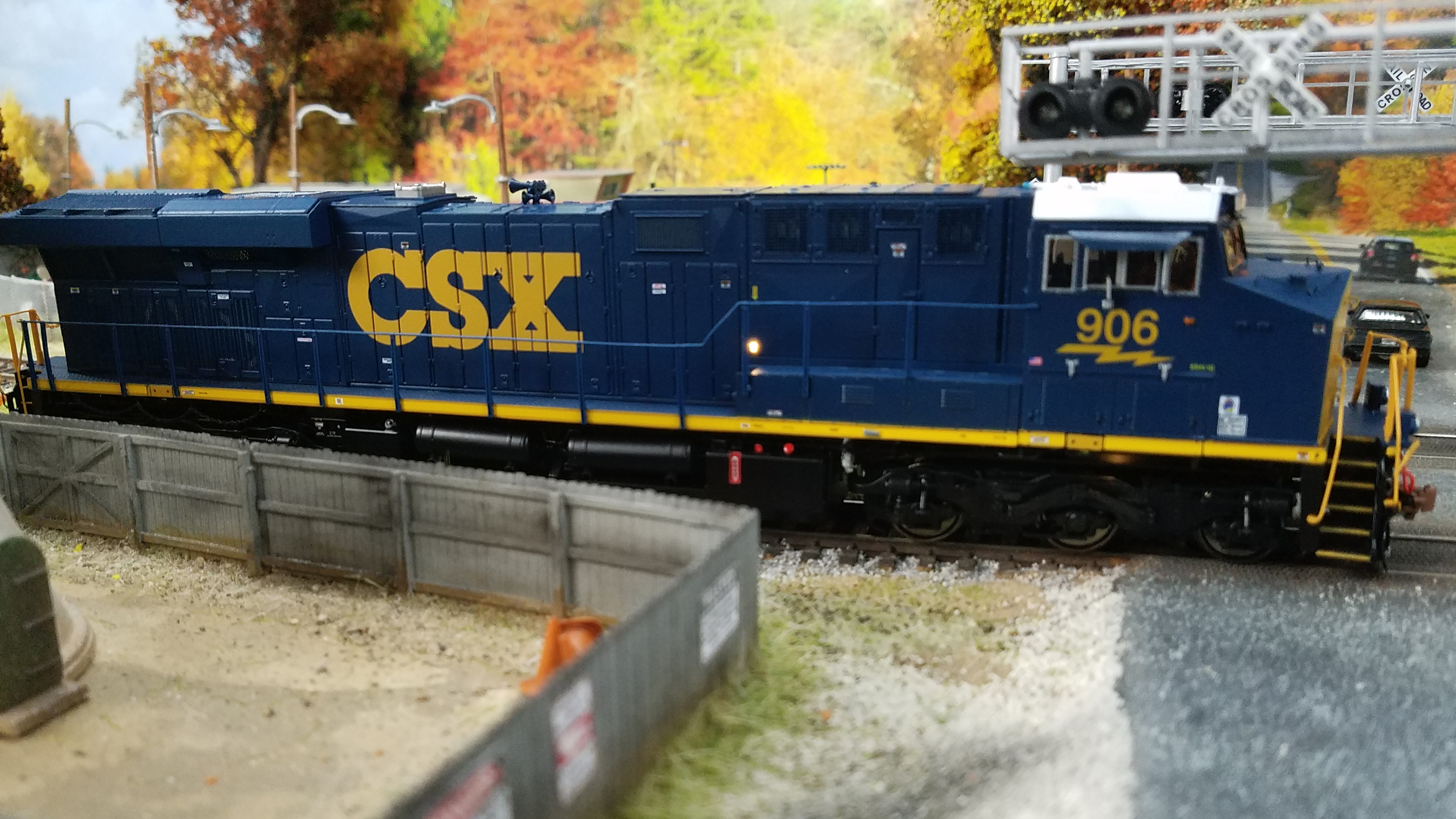Turning The Ordinary Into The Extraordinary
Weathering is defined as the changes to the color or form of something over a period of time because of the effects of sun, wind, or other weather conditions.
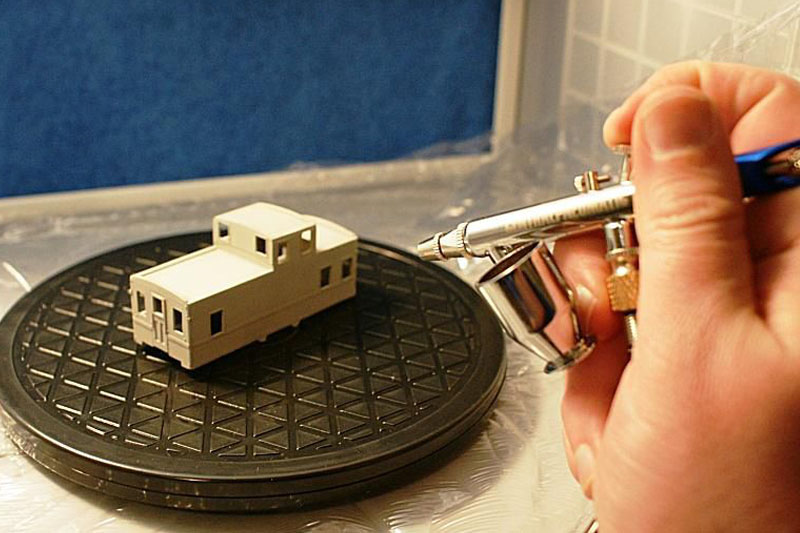
Airbrushing
Airbrusing is one of my favorite goto tools for slowly building up layers that offer smooth transitions with greater control during the weathering process. A learning curve but well worth the time.
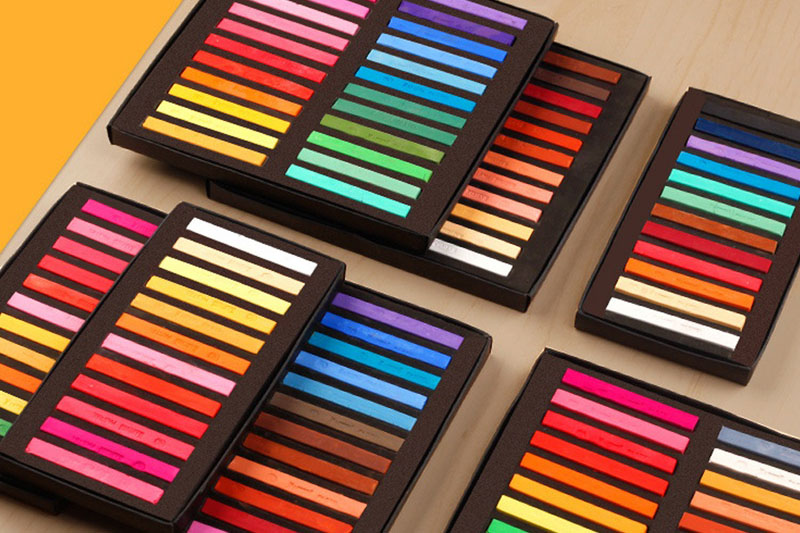
Chalk & Pastels
This medium is the cheapest and most forgiving to work with during the weathering process. Used with airbrushing the layers built can give you the most bang for your buck.
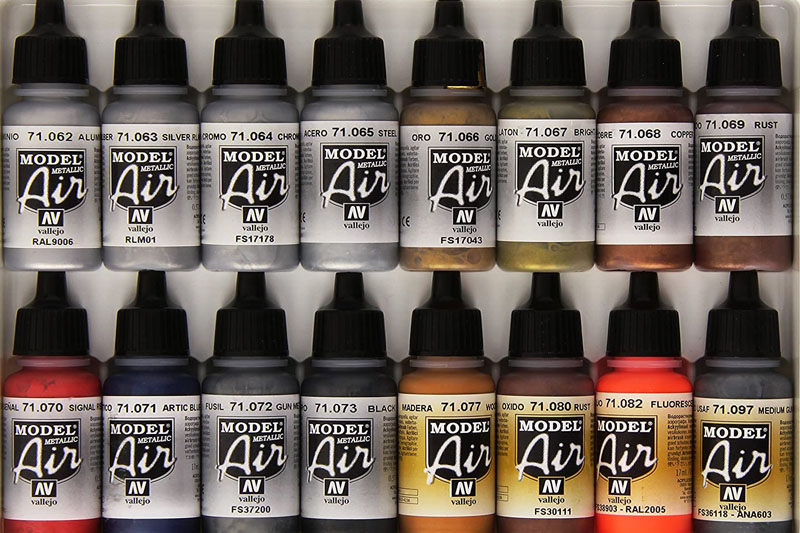
Acrylics & Oils Points
I like to use a combination of both but my personal favorite for most of my weathering is the Vallejo Model Air as they have a variety of colors and bottle to bottle a little goes a long way.
The Process
In the model railroading world there are many avenues that modelers will go to give the viewer the experience of realism on their railroad. Over the years there have been many books, videos and lectures on different techniques. All have their place in model railroading. Some techniques are cheaper and easier than others, while others will need a sizeable invest to accomplish the realisms one desires. I am no expert by any means, but have found over the years, trial and error equal results.
In the real world trains spend years out in the elements; the longer the time in service the greater the weathering effect can be from rust, grime, fading, patching all the way to graffiti. There are countless ways to recreate these effects that nature took years to produce. I can only share the variety of ways I do it and these techniques I use change all the time as new ideas are tried.
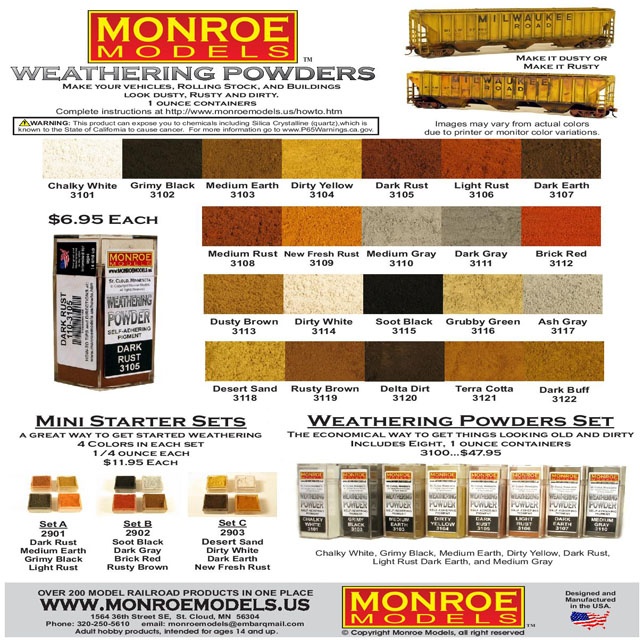
Depending on the level of weathering I am trying to accomplish I use, chalks, dry brushing, acrylics, oil paint, washes, powders, and airbrushing. These techniques will work on models in any scale regardless of the material they are made from, but always there can be a risk.
I will say starting out, weathering an untouched model, especially an expensive one, can be intimidating. I found, practicing over the years new techniques on cheaper models I’d buy on EBay or Craigslist was the way to build confidence. It also helps to search out pictures online or take your own pictures of prototypes. It doesn’t have to be the exact rail car, engine, or building but it could be. These pictures help to give you great reference points while weathering. With practice, and time you could expand your own fleet or look for people like myself or an array of others to help bring realism to your model railroad.
You can check out my YouTube videos or articles on this site as they become available that will highlight my techniques as well the products that are my go to when weathering. A great place to start is with simple pastels and indie ink that you can get from any craft store. Just use a 220 grit sandpaper and sand down the pastels into a fine powered and put them in little containers. A good cheap wash is to use black indie ink and water it down with thinner or alcohol, however watch with the alcohol as it can leave some unwanted streaks on lighter colored cars, but can define the smallest details.
I am also a big fan of the Monroe Models weathering powders as well as the Vallejo pigments. These are great mixed with a little water and hold up fantastic on top of a dull coat finishes and can have incredible effects when layered.
One of the greatest mediums you can use is airbrushing, but not everyone wants to make that kind of investment. There is a huge learning curve and it takes practice but the effects added with the other mediums is hands down one of the best overall looks for realism you will ever get. At least in my opinion. Again, I’m huge fan of the Vallejo Model Air paints but make sure to use their thinner and not alcohol as I have found that alcohol can cause the paint to clog the airbrush which will give not realistic effects.
Many model railroad collectors want that “Factory Finish” look on their railroad as if it was just painted by the railroad company. And this fine as it’s your railroad so do it your way. I myself has some engines and cars that I have collected I will never weather, but they also will never run expect in rare cases.
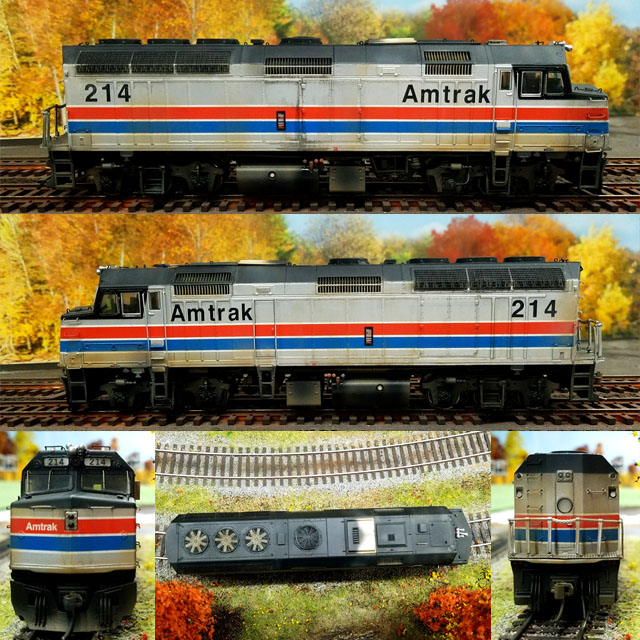
Still, other hobbyist, especially modelers who run operation sessions or are era-based layouts enjoy seeing their models emulate the real world. These “weathered” cars add interest to even the smallest layout. It is import to understand that every railroad, regardless of its geographic location, include a mix of rail cars that are brand new all the way to those heavily weathered and on their way out never to be seen again. It varies, but many in this field use the timeline that railroad cars and locomotives life expectancy is about 40 to 50 years. So the mix of new cars and weathered older cars is and will always be the norm on prototypical railroad.
Having different degrees of griminess is essential, but again this is your railroad so do what makes you happy. If you have a car or engine you want weathered and don’t want to do it yourself I’d be glad to help. If you want it matched to a prototype that can be done with the right pictures. It won’t be exact but I try to come as close as possible to being prototypical.
The cost for weathering a car or engine can go up depending on the level or realism you want. Elements like hand painted graffiti or the addition of things like hand rails, or detailed engine parts, couplers as well as adding resistors to the wheel sets.
If you have questions about the cost and how I can help bring your railroad to life please feel free to zip me an email. The plan is in the coming year to add a section here where you can purchase my services but in the mean time just email me for pricing.
Trust In Your Vision It's All In The Details
I don't get to highlight or focus as much on my weathering but it truly is something I love to do. This was from a recent project for my layout as I wanted something really dirty and a workhorse. This was a ScaleTrains Rivet Counter CSX engine; GE ES44 GEVO CSX/YN3 (Run 1) Road number 906. This was weatherd with a combination of airbrushing as well as powders. Make sure to check out my YouTube video on my review as well as the weathering process I did for this bad boy.
